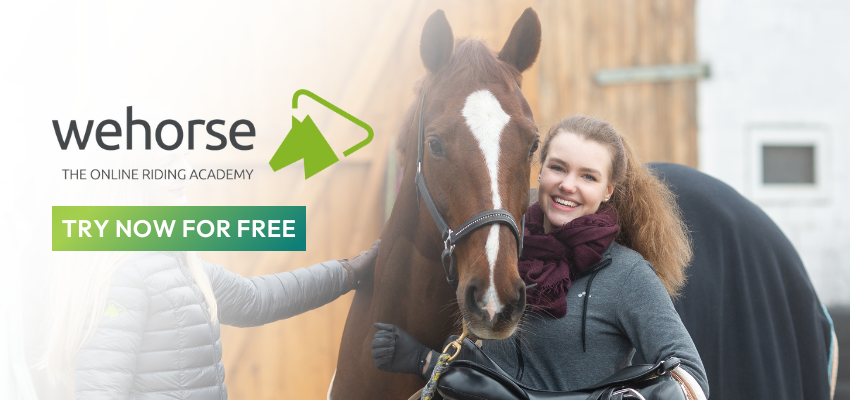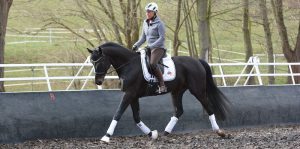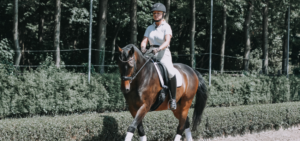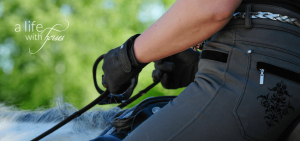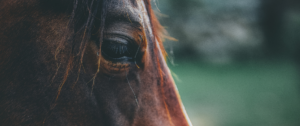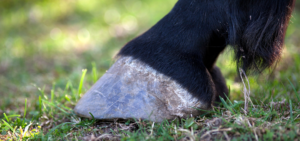The horse spine and back are one of THE most important parts of the body and are at least as sensitive as our own. If you’ve ever had back pain, you can imagine how uncomfortable it would be for a horse when its back is being worked incorrectly. In this article, you will learn how the horse’s back is built and how to keep it strong and healthy!
Table of Contents
- What is the anatomy of the horse spine and back?
- How do you exercise horses in “back-friendly” ways?
- Riding mistakes that can damage horses’ backs
- Our responsibility to the horse
What is the anatomy of the horse spine and back?
Can you explain your horse’s back anatomy off the cuff? Many riders can’t, but yet we sit on top of it almost every day!
The spine sits at the center of the horse’s back. It is made up of the cervical spine, the thoracic spine, and the lumbar spine. The spine is suspended between the shoulder blades and the pelvis and goes all the way to the sacrum. With the long back muscle, it forms a kind of “suspension bridge” between the forequarters and hindquarters. This is essential for transferring the movement of the hindquarters to the forehand and up to the horse’s head.
The nuchal ligament is another important part of the horse’s back, and it is connected to the long back muscle.
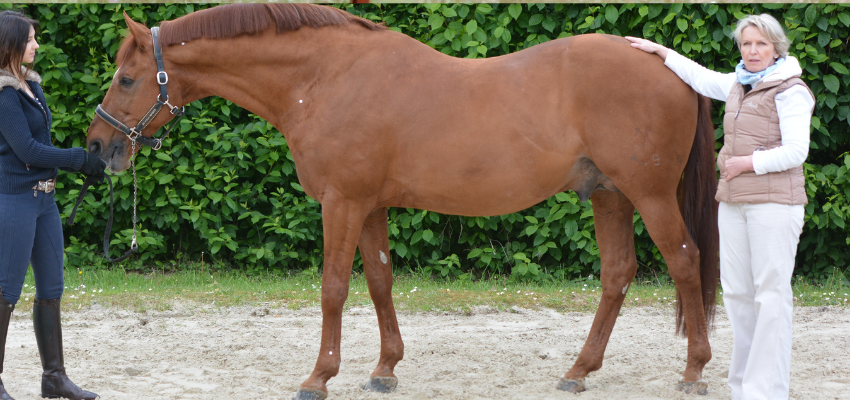
How do you exercise horses in “back-friendly” ways?
The anatomy of the horse’s back and spine naturally tells us how to exercise our horses to strengthen their backs and keep them healthy. Remember our example above with the horse’s back as a suspension bridge? The bridge should be taut and not sag. You don’t want to see the back drop immediately when weight is applied, such as when a rider gets on. This happens, for example, when your horse is able to lift through its back, ribcage, and core. When it’s able to do that, there is no pulling effect; the spinous processes of the spine do not touch and the horse can carry the rider on its back undamaged.
A possible consequence of incorrect loading could be the disease of kissing spine. This is when the spinous processes in the horse’s back touch painfully. On the other hand, if the horse trains in the correct stretching posture, tension, and injuries can be prevented.
Discover on our website a variety of exercises and tips from selected trainers to train your horse in a back-friendly way.
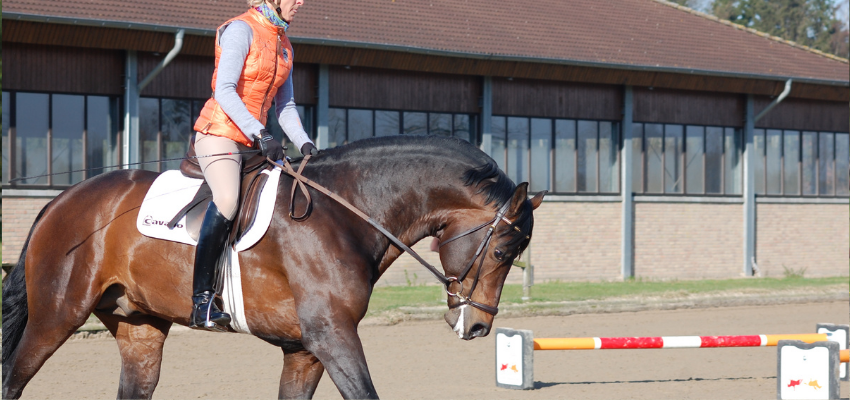
Riding mistakes that can damage horses’ backs
Pulling the horse’s head down with your hands or auxiliary reins, or pulling the horse’s nose behind the vertical line, the neck ligament is overstretched, the sacrum automatically rises for anatomical reasons, and the back cannot arch.
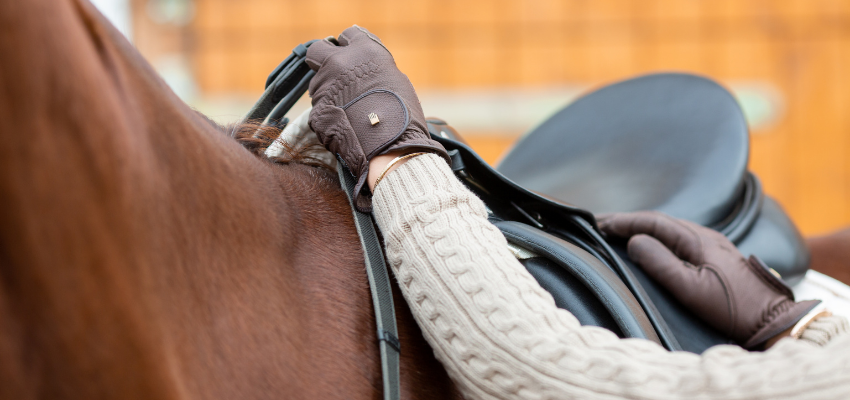
Our responsibility to the horse
There are numerous factors that affect the stability and health of the horse’s back when riding, such as saddle fit. If you think your horse is experiencing back pain, it’s always best to consult with your veterinarian, an experienced saddle fitter, and equine body worker.
Above all, the way in which we ride, exercise, and train our horses have a special effect. Always keep the anatomical and biomechanical background in mind and always question if you are doing what is best for your horse.
